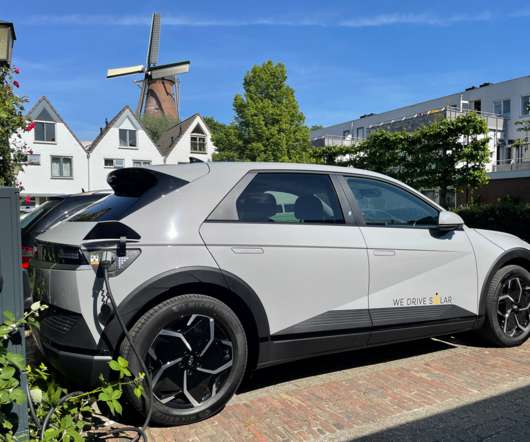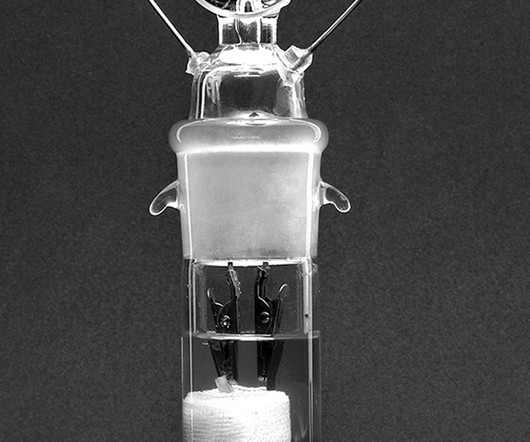SOLETAIR project produces first 200 liters of synthetic fuel from solar power and atmospheric CO2
Green Car Congress
AUGUST 8, 2017
The SOLETAIR project ( earlier post ) has produced its first 200 liters of synthetic fuel from solar energy and the air’s carbon dioxide via Fischer-Tropsch synthesis. The SOLETAIR project started in 2016. An electrolysis unit developed by Lappeenranta University of Technology (LUT) uses solar power to produce the required hydrogen.




























Let's personalize your content